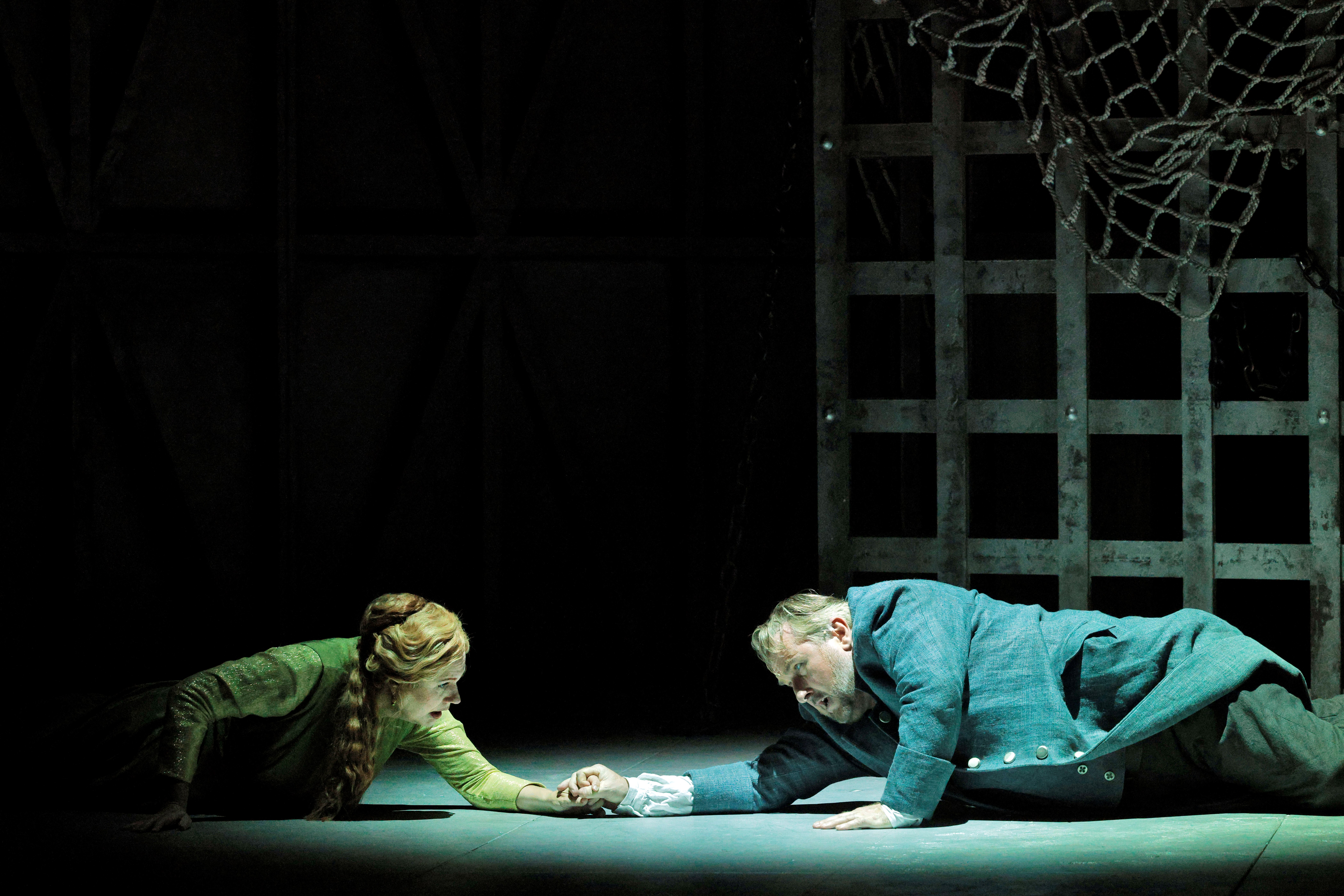Wagner: Tristan und Isolde at San Francisco Opera | Live Review
Thomas May
Monday, October 28, 2024
This return of Wagner’s inexhaustible opera to the War Memorial Opera House for the first time in 18 years will undoubtedly be recalled as a high-water mark


An extraordinary thing is underway at San Francisco Opera: by taking on one of the major works of the wizard of Bayreuth each season, music director Eun Sun Kim has set about establishing herself as a formidable young Wagnerian. It was only last year that she embarked on her first Wagner production in San Francisco with Lohengrin (an achievement chronicled by the new documentary Eun Sun Kim: A Journey into Lohengrin). In the company’s recent announcement that Kim’s contract has been extended through 2031, reference was made to plans for a new Ring cycle ‘in a future season’.
Meanwhile, SFO’s new Tristan und Isolde is generating a wave of euphoria – just one month after the season’s auspicious start with an impressive Ballo in maschera (the latest in Kim’s parallel venture to conduct a major Verdi opera each season alongside Wagner). This return of Wagner’s inexhaustible opera to the War Memorial Opera House for the first time in 18 years will undoubtedly be recalled as a high-water mark.
A good deal of the credit goes to Kim and the SFO musicians for their success in establishing the transportive sound world Wagner demands – along with his drastic transitions in atmosphere for each of the opera’s three acts – with unflagging intensity, focus and intentionality.
This is Kim’s first outing with Tristan, yet her devotion to the score yielded a ravishing transparency of detail and colour, always in sync with the deepest layers of Wagner’s soul drama. In the performance I attended (the second of the run), she showed a preternatural grasp of Wagner’s structuring of time that made sense of the shift from nervous anticipation to a zone beyond counting in the second act and that was at its most compelling in the dark night through which Tristan ventures in the third.
 Annika Schlicht as Brangäne in Wagner's Tristan und Isolde (Photo: Cory Weaver/San Francisco Opera).
Annika Schlicht as Brangäne in Wagner's Tristan und Isolde (Photo: Cory Weaver/San Francisco Opera).
A deep respect n for the sheer beauty or alienness of Wagner’s sonic pictures emerged. Kim shaped stretches of the love duet as quasi-Italianate cantilena, while the gradually thinning string textures in the prelude to the third act have rarely sounded so desolate. Timbral and spatial details registered with maximal impact. SFO even supplied a bona fide wooden trumpet to execute the shepherd’s joyful signalling.
The production boasts an excellent cast as well. Covering many shades of outrage, passion and legato warmth, Anja Kampe embodied the stages of Isolde’s transformation, revealing her capacity for compassion already in her first act recollection of her healing of ‘Tantris’. Simon O’Neill left an even greater impression through his multifaceted portrayal of Tristan. Not only an impassioned lover who produced unusual variety (and beauty) of tone, he conveyed silent sorrow over his betrayal of King Marke and was at his most searing in the ecstatic agonies of his visions in the third act (sung without cuts, his vocal power never dimming).
Singing with weighty vibrato, Kwangchul Youn was a moving King Marke whose desire to understand shifted the drama into an unexpected direction. Annika Schlicht lofted Brangäne’s futile warnings with soul-stirring poignancy. As Kurwenal, Wolfgang Koch revealed a pained tenderness while attending the stricken Tristan. Thomas Kinch presented a physically and vocally imposing Melot. As the Sailor and later Shepherd, Christopher Oglesby suggested the naive innocence of an Everyperson incapable of grasping the transcendent torments driving the lovers.
 Wolfgang Koch as Kurwenal and Simon O'Neill as Tristan in Wagner's Tristan und Isolde (Photo: Cory Weaver/ San Francisco Opera).
Wolfgang Koch as Kurwenal and Simon O'Neill as Tristan in Wagner's Tristan und Isolde (Photo: Cory Weaver/ San Francisco Opera).
Paul Curran’s production (first seen in 2012 at La Fenice) featured nuanced interactions and stage movement but interpolated distractingly naturalistic gestures to fill the stage time. Robert Innes Hopkins designed large, windowed panels outlining the ship’s interior in the first act, which were reversed to create castle walls surrounding a courtyard in the second and then suspended in a ruined state for Tristan’s castle in the third. His dreary sets and unvaried costumes benefited from the subtle lighting scheme of David Martin Jacques.
But with musical and dramatic values so firmly in place, Wagner’s ‘deeds of music’ became strikingly visible.
To 5 November sfopera.com/operas/tristan-and-isolde/






